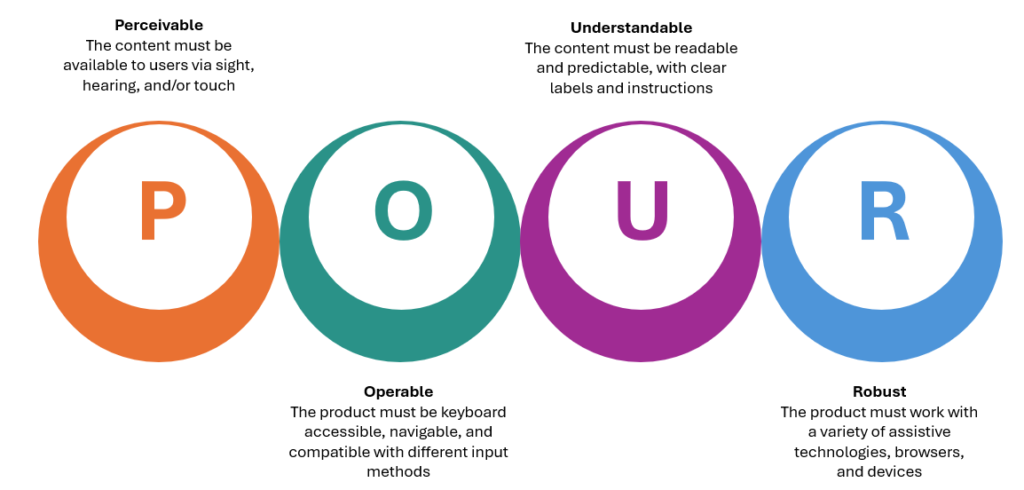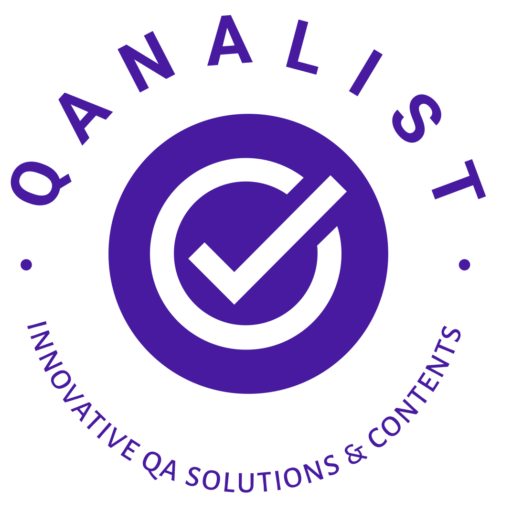Web Accessibility Guidelines
Web Accessibility Guidelines are a set of defined rules to make web content accessible to people with disabilities. Guidelines are defined by different countries and Section 508 and WCAG guidelines are popular accessibility standard guidelines in use today.
- Section 508 – Section 508 is the accessibility standard defined by the US government, to make sure that all US government websites can be accessed by people with disabilities. As per section 508 guidelines all electronic and information technology should be accessible to disabled users.
- WCAG – The Web Content Accessibility Guidelines are part of a series of web accessibility guidelines published by the Web Accessibility Initiative of the World Wide Web Consortium (W3C), the main international standards organization for the Internet.
Web Content Accessibility Guidelines or WCAG define the standards for accessibility for individuals, organizations, and governments worldwide. WCAG 2.0 has been accepted as an International Standards Organization (ISO) standard, and many countries have adopted WCAG 2.0 as their legal standard for web accessibility. Web Content Accessibility Guidelines: Includes both WCAG1.0 and WCAG2.0 specifications.
Web Content Accessibility Guidelines 1.0
The W3C’s first incarnation of WCAG in 1999 was a huge leap in web accessibility, bringing together years of useful work by developers from across the world.
The Web Content Accessibility Guidelines 1.0 had 14 guidelines and divided them into 3 priority levels:
- Priority 1 – the most basic level of web accessibility
- Priority 2 – addressed the biggest barriers for users with disabilities
- Priority 3 – significant improvements to web accessibility
Web Content Accessibility Guidelines 2.0
The current set of guidelines has been in force since 2008 and will continue to run for many years yet. The guidelines are more technologically neutral than WCAG 1.0, allowing them to stay useful for longer.
By designing WCAG 2.0 around principles and not technology, the W3C created an ethical statement as well as useful guidance.
Four Principles of Web Accessibility
The WCAG states that there are four main principles which need to be followed to create an accessible website: That website is perceivable, operable, understandable, and robust. Within these principles, you can dive deeper into guidelines to reference and apply to your site.

WCAG 2.0 levels
WCAG 2.0 guidelines are categorized into three levels of conformance in order to meet the needs of different groups and different situations: A (lowest), AA (mid range), and AAA (highest). Conformance at higher levels indicates conformance at lower levels.
- Level A (Lowest) – the most basic web accessibility features
- Level AA (Mid-Range) – deals with the biggest and most common barriers for disabled users
- Level AAA (Highest)– the highest (and most complex) level of web accessibility
For most websites, Level AA plus some Level AAA is the best target. That’s because some of the highest-level guidelines simply can’t be applied to all websites. However, one of the problems with the three-tier structure is that if people know they can’t attain AAA, they won’t even look through the guidelines to see where they can improve accessibility. With all of your projects, you should comply with all the guidelines you can, whether you want Level AAA or not.
Starting with Level A is a great way to make progress and begin helping web users. Level AA is the standard many governments are using as a benchmark as this level targets the most common and most problematic issues for web users.
For detailed information refer W3C guidelines: https://www.w3.org/WAI/standards-guidelines/wcag/

